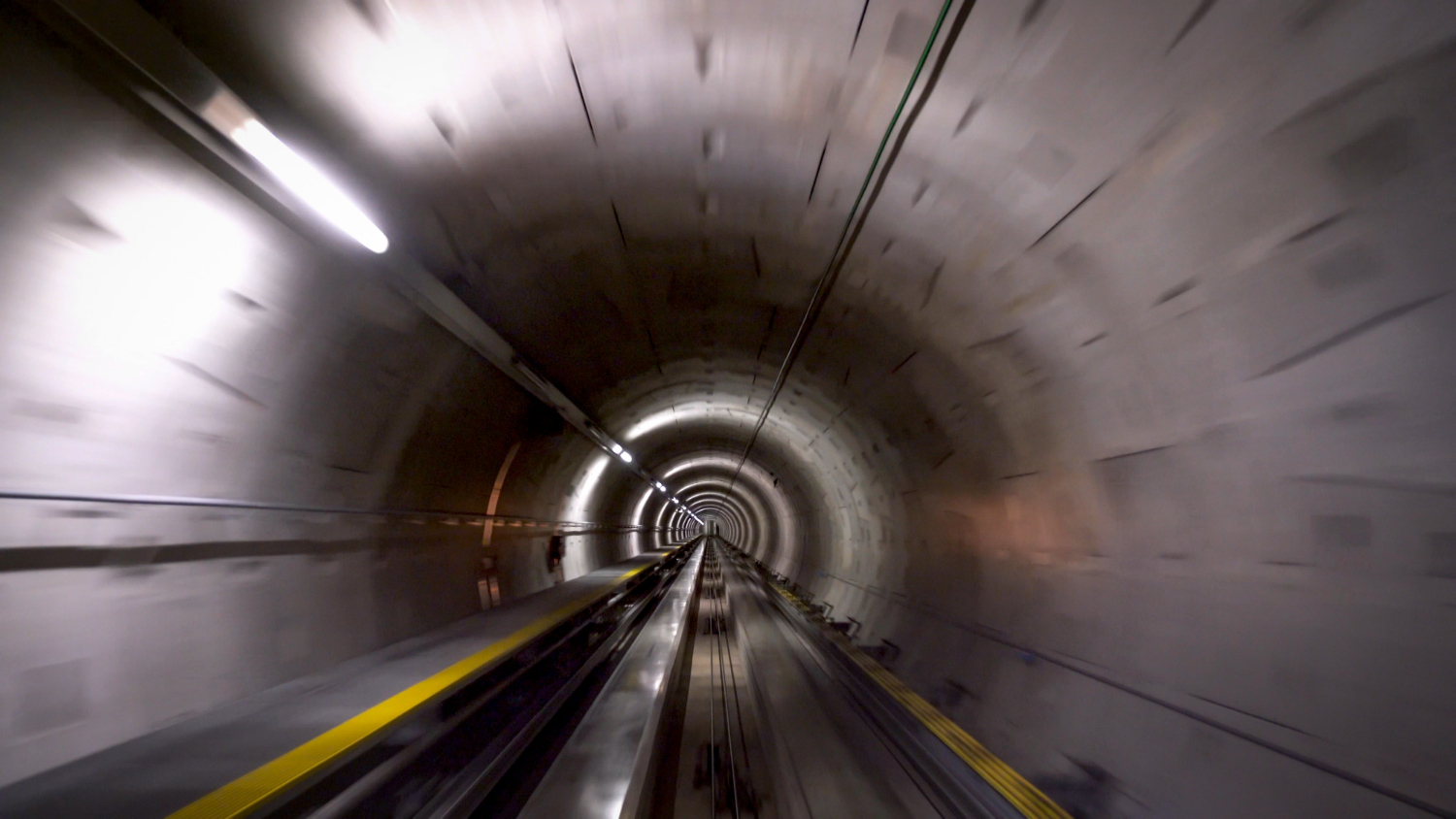Tunnels
Pdf download
Tunnels, essential for transport, sewage networks and telecommunication services, among others, face extreme environmental conditions. Constant humidity, salinity, fire and temperature changes present significant challenges to the integrity and safety of underground routes.
In this context, stainless steel emerges as an effective solution to ensure the safety of these works, redefining the approach to the design and maintenance of these infrastructures.
Within the different grades of stainless steel that exist, the AISI 316 and 316L, include in their composition elements such as nickel and molybdenum. Their molybdenum content makes them effective against corrosion in environments with heavy pollution and highly acidic drainage, such as those found in the Mont Blanc tunnel, where stainless steel fans (AISI 316L) were installed as part of a renovation programme.

A less obvious but equally relevant aspect is how 316 transforms tunnel design to meet modern demands for sustainability and efficiency. It uses a high percentage of scrap in its composition, which contributes to reducing the environmental impact of the projects in which it is used. In urban projects such as line 5 of the Barcelona Metro, AISI 316 stainless steel has made it possible to significantly decrease the maintenance of key components.
It was used as cladding for the vaults, platforms and stairs of the Carmel, El Coll-Teixonera and Vall d'Hebron stations, optimising resources and reducing service interruptions.
Choosing the right materials is essential to prevent structural failure, prolong the life of these infrastructures, even save hundreds of lives. It maintains their structural integrity, protecting both people and critical systems. In the case of the A10 in Italy (from Genoa to Savona), more than 12,000 m2 of AISI 316 stainless steel mesh was used to line the tunnels and deflect any elements that could become dislodged from the roadway.
Beyond its technical attributes, the versatility of 316 and 316L allows it to be used in a wide range of tunnels, from railway tunnels to service tunnels, adapting to the particular conditions of each project.
It is not a material that just ‘holds up’, but one that enables more ambitious designs and safer systems, reducing both risk and unforeseen costs.
